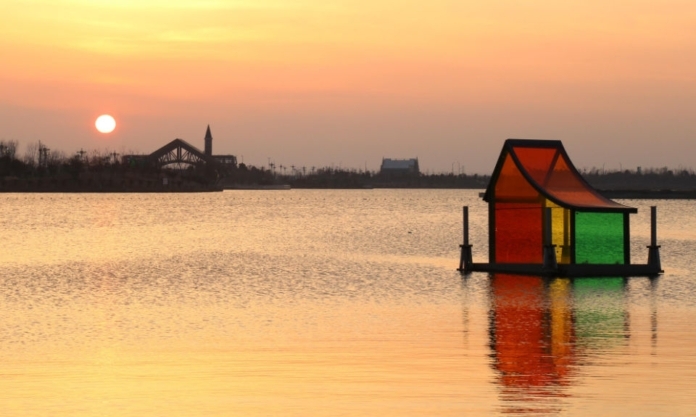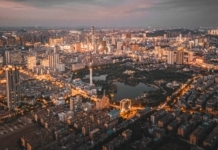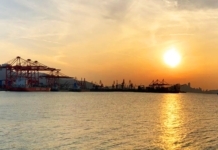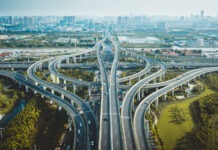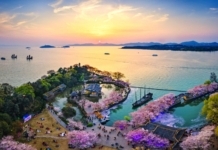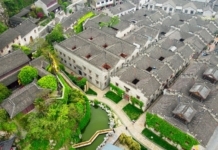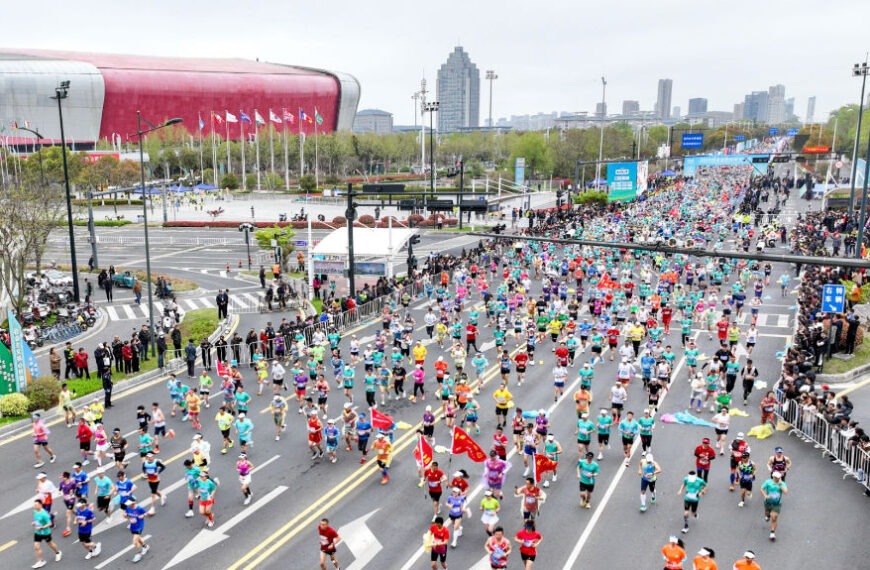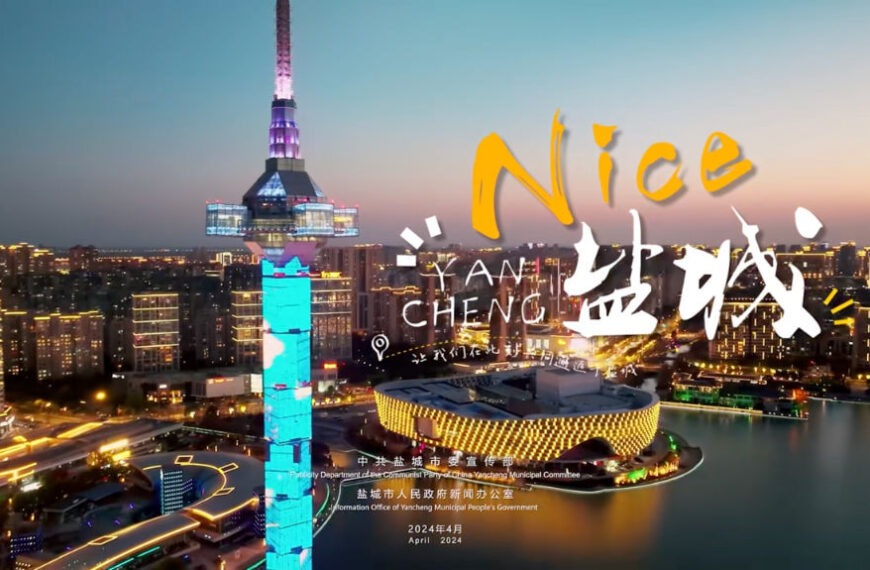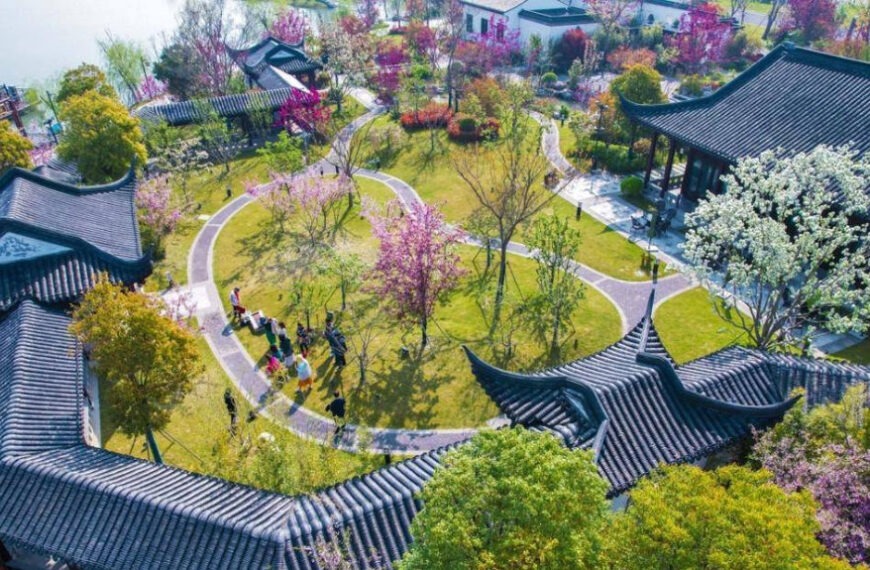Known for its salt, Yancheng’s name in Chinese literally means “Salt City”. Here, humans carved out salt and timber works over 2,100 years ago as mudflats formed along the coastline.
Yancheng takes up approximately half of the Jiangsu coast along the East China Sea and is far and away the Province’s largest city jurisdiction, at some 16,920 square kilometres, fully 5,500 square kilometres larger than its nearest competitor, Xuzhou. To put that against the USA, Yancheng is bigger than Connecticut but smaller than New Jersey.
And it’s only getting bigger. Due to the enormous amounts of sediment dumped by the Yangtze River as it enters the East China Sea, so Yancheng finds itself with an additional 10-square-kilometres of new land every year.
Some of that expansion has been put to good use too, particularly in the Tiaozini Wetland that is a principal stop for migratory birds. The City of Yancheng, together with biodiversity-conservation organisations, formed a dedicated stopover for the birds on a 48-hectare area of wetland. The site was inscribed on the World Heritage List in 2019.
Yancheng is also home to the Dafeng Milu National Nature Reserve. As an unusual-looking species of deer, the Milu can be found in a score of countries worldwide, but the Yancheng Reserve is their primary home, with a population of around 3,000, fully 40 percent the world total. Extinct in the wild, the Reserve is also the only place virtually untouched by human hand where free-ranging Milu can found.
Just as with most other reserves, the Dafeng Milu Nature Reserve also safeguards other species; nearly 300 other types of animals live on these coastal lands. The overall Reserve comprises 807,000 hectares of unspoilt coastal mudflats. But that term is misleading; peaceful streams and deserted beaches are complimented by deep forests, green grasses and colourful flowers.
The flora continues elsewhere in Yancheng. In 2021, the City received 37.63 million tourists, many of whom were destined for the Dutch Flower Sea. Since its opening in May 2012, the park has built a 200-hectare scenic area, planting nearly 300 varieties of tulips for in excess of 30 million plants overall.
As a result, the area is home to the Netherlands Huahai International Flower Art School and makes for the most popular choice for local wedding photography.
A replica of Amsterdam Railway Station means the Dutch Flower Sea is also the largest one-stop wedding film and television base in East China. According to statistics, some 7-8,000 couples are registered for marriage each year in Yancheng’s Dafeng District.
With such a long coastline, it’s inevitable that Yancheng’s economy draws on the sea. Fishing has been a staple of local people for eons, while today, Yancheng Port Dafeng Port Area, Binhai Port Area, Sheyang Port Area and Xiangshui Port provide for ocean connectivity to elsewhere in China and further afield.
Land transportation investments have further bolstered the local economy, notably that by Dongfeng Yueda Kia, the joint venture from multinational auto giant, Kia Motors, and local company, the Yueda Corporation. Founded in 2002, the manufacturing plant has the capacity to produce 400,000 vehicles annually.
From a public transport perspective, Yancheng is served by a BRT system that carries in excess of 30,000 passenger per day. It has also recently been complimented by an SRT (Super Rapid Transit) line, that is a part bus, part tram, LiDAR-guided articulated 4-car vehicle, capable of carrying 320 passengers.
Yancheng is 2 hours by high-speed train from both Nanjing and Shanghai. The city is also served by Yancheng Nanyang International Airport.


